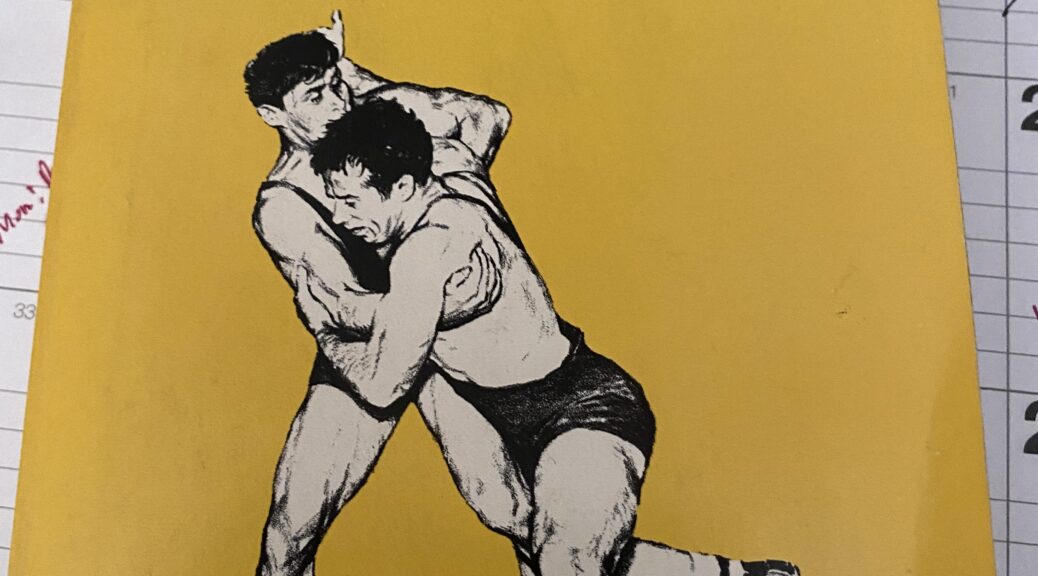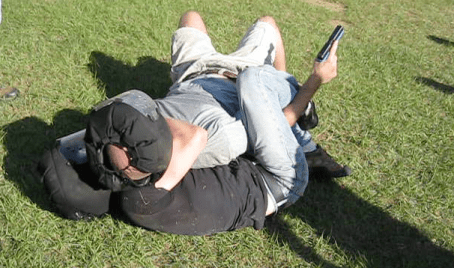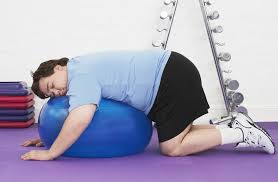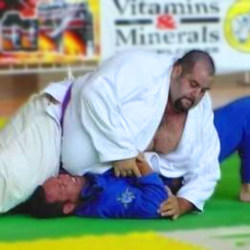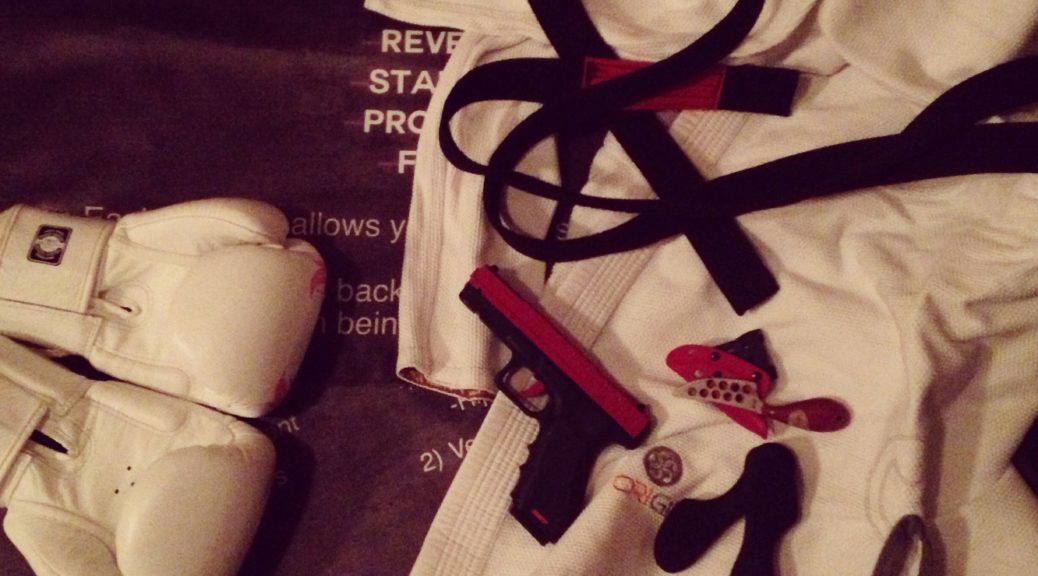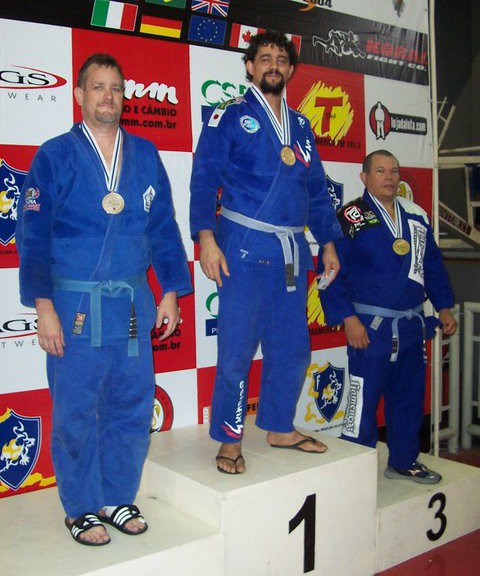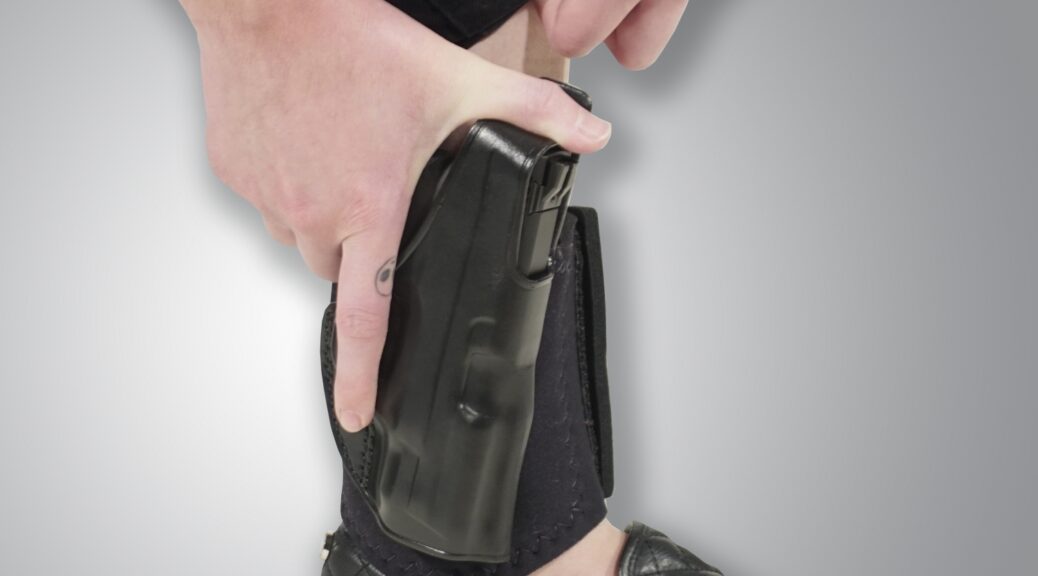There was a good conversation in my closed Alumni Facebook group about training in jujitsu as a white belt and getting the most out of your training. The reason that I bring it up here is because the original question spoke to a greater concept that I think merits further discussion.
It is eminently satisfying to see a great deal of the “tactical shooting” world come to accept that empty hand combatives are an important part of self-defense, and that grappling is a key component. God knows the fight to get the majority of them to see that has been long and difficult, and at times very frustrating, so to see where we are at now is awesome. I love seeing how many gun people have taken up Brazilian Jujitsu.
One issue that tends to pop up however is that for many people coming from the shooting world is that they tend to want to transpose their previous experiences on the jujitsu world they are now in, and the fact is that there are many, many differences, and they need to recalibrate a lot of their expectations.
Undoubtedly most these folks are good to outstanding shooters and have worked hard to build that skill set, and it is easy to think that a similar path will happen when they take up BJJ. Most of them probably put in diligent work and over a year or two they went from novice to a high level, and it is understandable that there is some thought that the new oath in grappling will follow suit.
Unfortunately, that is not the case. Grappling in general and BJJ in particular, are incredibly dense and complex, with a vast and deep amount of principles, concepts, and techniques that need to be grasped and that understanding will absolutely not occur quickly. I have been intimately involved in the BJJ world for 30 years, and I have yet to see anyone, and I mean anyone, “get it” without spending a minimum of 5-7 years of consistent mat time to do so.
We can fool ourselves especially now that we “get it” earlier because of the higher level of instructorship in jiujitsu. There are so many great teachers passing the material along, and we have built a great vocabulary to help get concepts and principles across, that it is easy to talk the talk. But talking about it, and even using the right words, does not mean you are actually internalizing the verbiage. For example, we can easily throw around the term “base”, which is one of the most important principles in grappling, and a concept that has immediate application everywhere, including shooting. One of my white belts with 6 months of training can do a credible job of explaining the definition of “base”. However, not one of them will be consistently be able to execute the idea in actual rolling or high level drilling. Know why I say that? Because I have been teaching for decades and it stays true regardless of who and where it happens. I can say “base” over and over, and demo it from sunrise to sunset, and it still is not going to be made part of you for years, and until you can physically do it, over and over against resistance that you cannot truly “get it”.
I know this angers a lot of newer students who think I am trying to solidify some hierarchy or set myself up as better than them. Nothing could be farther from the truth. As in all the things I have put out over the last 25 years, I am trying to help make that path smoother. But the facts are facts and history proves me correct.
And the best illustration of this is the question that came up in my Alumni group. A white belt was asking about training in an open mat situation with either spazzy white belts, or much higher belts, and saying he does not getting anything useful out of it.
My answer was that, yes he was getting a lot out of it, but he did not know it, because he did not have the understanding yet to know what he was getting out of it. ALL rolls teach you something. The problem is that what is being taught is not understood or accessible to you until you get to a higher level. The early days of jiujitsu are all about learning to just tread water and dog paddle. Going against the spazzy noob is good for simulating a self-defense situation against a flailing attacker, and going against the higher belts who totally dominate you is a wonderful base for learning “grit” and true mindset.
It is like learning a foreign language by going to that country and diving in. In the beginning there will be much frustration because everyone talks too fast and there is too much subtlety, but after a while, you can actually engage in conversation with nuance and sophistication. Contrast that with the person who learns language from a formal experience. That person will know the basics much quicker and seemingly are better, but they take far longer to learn the intricacies of dialect and everyday conversation. Learning by diving in is more difficult at first, but then you can function day to day without any issues.
That is how BJJ is. You are thrown in to the deep end, and you spend your time dog paddling, but then down the line, all those lessons learned in the early days that you did not know you were learning come back to help you and make your understanding and functionalizing of the art easier, and far more personal.
So to all the white and blue belts out there: You are in the Dunning-Kruger paradigm. You don’t know what you don’t know, so don’t assume you do know what is best. Be humble and ask those who have walked that path before you.

